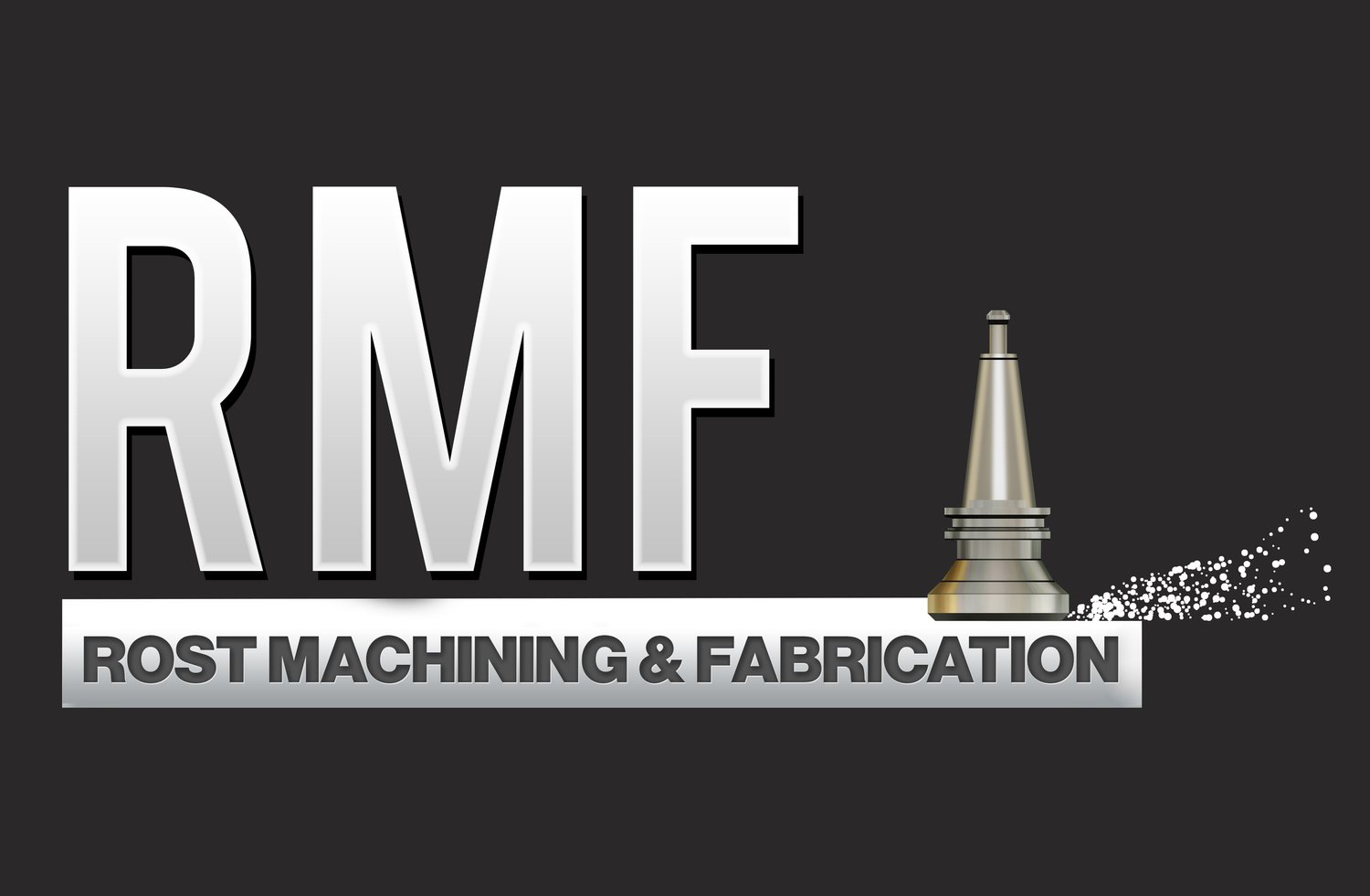Cylindrical Grinders: Everything You Need to Know
A cylindrical grinder is grinding equipment that is used to form an object's exterior. It may grind in many different ways, but the workpiece must rotate around a central axis. This includes but is not limited to cylinders, ellipses, cams, and crankshafts.
Read on to learn more about cylindrical grinders in machining fabrication.
What Is the Purpose of a Cylindrical Grinder?
A cylindrical grinder is designed specifically for working with cylinders, rods, and other similar workpieces. The grinding wheel or wheels approach and revolve in opposite directions, while the cylinder sits amid two centers and rotates in one direction.
What Are the Functions of Grinding Machines?
Grinding machines may be used to precisely reduce the particle size of various materials, but it is best known in the mining sector as a tool that extracts precious metals like gold and silver from the host rock. These tools are not only practical but also one-of-a-kind.
Is Grinding a Type of Machining?
Grinding is an abrasive machining method in which the cutting tool is a grinding wheel or grinder. Grinding is a fundamental metal-cutting technique; hence, it is a subset of cutting.
What Are the Types of Grinding Machines?
Surface, cylindrical, centerless, internal grinders, and specials are the five types of grinding machines. Flat, angular, and uneven surfaces are created with surface grinders. The work goes back and forth under the grinding wheel on this type of surface grinder.
What is the Difference Between a Standard and a Universal Cylindrical Grinder?
The difference between these two cylindrical grinding machines is that universal grinders allow the wheel head and the work head to be swiveled, whereas plain grinders do not. Face, internal, and surface grinding are all possible with this type of machine and fabrication.
What Is the Grinding Procedure?
Grinding is a machining operation that uses a grinding wheel to remove material from a workpiece. As the grinding wheel rotates, it removes material while producing a smooth surface texture.
What Is the Major Difference Between Cylindrical and Surface Grinding?
There are many types of grinding procedures used in the industry, but surface and cylindrical grinding are two of the most prevalent. The distinctions between the techniques are primarily determined by the form you want to achieve. Surface grinding produces a flat surface, while cylindrical grinding produces a round surface.
How Does Centerless Grinding Work?
The technique of removing material from the outer diameter with an abrasive wheel is known as centerless grinding. A centerless grinder is made up of four parts: the machine base, grinding wheel, regulating wheel, and work blade.
What are the Benefits of Centerless Grinding?
Short loading time
Longer wheel or yield life
Grinds significant quantities
Ability to grind brittle materials and pieces that have been deformed
No deflection as the regulating wheel tightly holds the workpiece, which forces it against the grinding wheel's abrasive grains
What is the Grain Bond Pore?
It serves as the "cutting edge" in grinding operations which holds abrasive granules together. It acts as a "chip pocket" and aids in the cooling of the grinding wheel.
Conclusion
Cylindrical grinders have long been used in the manufacturing of a wide variety of creative goods. These grinders are utilized in the automotive, military, electrical, welding services, and plumbing sectors, where exact metallurgy is required. Metal items such as rods, bearings, tubes, and bushings are frequently manufactured and finished using cylindrical grinders.
Rost Machining and Fabrication (RMF) is a machining fabrication and finishing services provider in the South Bay. Whether you need grinding, turning, lasing, welding, milling, or more, we will deliver the results you need. Contact us today!
